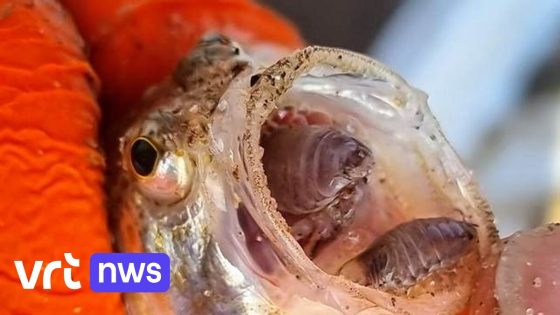Small jellyfish, known locally as kleine pietermannen, have surged along the Belgian coast, with recent counts showing a sevenfold increase compared to last year. This notable rise, reported by the Vlaams Instituut voor de Zee (VLIZ), highlights how warmer beach waters are creating ideal conditions for these toxic creatures. As of 2025-07-03 13:07:00, beachgoers are urged to stay informed and cautious.
- Count of small jellyfish increases sevenfold
- Vlaams Instituut voor de Zee reports rise
- Warm beach water benefits toxic fish
- Wear watershoes to avoid painful stings
- Small jellyfish pose risk to swimmers
While the presence of kleine pietermannen may add to the coastal ecosystem, it also raises concerns for swimmers and families enjoying the North Sea. How can locals enjoy the water safely amid this increase? What simple measures can prevent painful stings?
Understanding these changes is key for a safe summer by the sea. Here is what you need to know to protect yourself and your loved ones.
Why has this sudden rise occurred, and what does it mean for Belgian beach visitors? The warmer sea temperatures create a perfect environment for kleine pietermannen to thrive, increasing the risk of encounters. To minimize discomfort and injury, consider these points:
- Warmer waters boost jellyfish populations, leading to more frequent sightings.
- Kleine pietermannen are venomous and can cause painful stings when stepped on.
- Wearing watershoes offers simple but effective protection during shallow water activities.
- Awareness and caution can help maintain a safe and enjoyable beach experience.
As the summer progresses, staying informed and prepared is crucial. Will you take the simple step of wearing watershoes to protect yourself? By doing so, you can continue to enjoy Belgium’s beautiful coastline safely and comfortably.

































